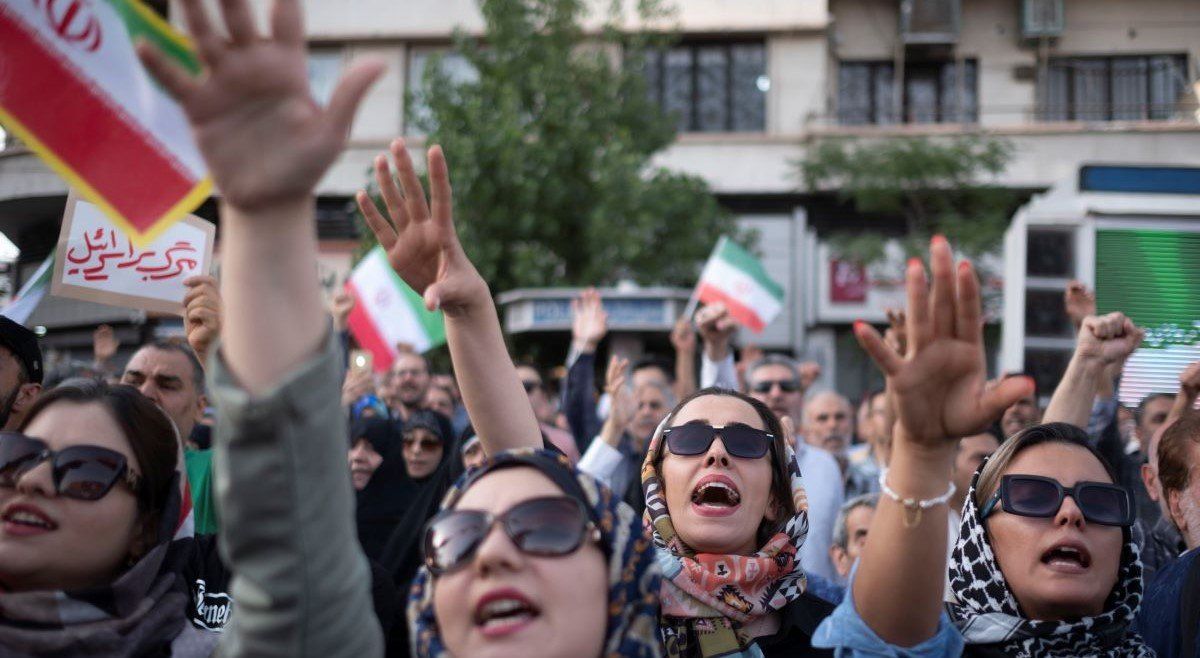The United States is back at war in the Middle East: Late Saturday evening, the US military unleashed 75 precision-guided weapons, including 14 “bunker-buster” bombs, against Iran’s Fordo, Natanz and Isfahan nuclear sites. Israel followed up by hitting Fordo’s access routes on Monday. US President Donald Trump is now openly contemplating regime change.
It’s not yet clear how much damage has been done to Iran’s nuclear capabilities. Trumphailed the operation and said that the US had “completely and totally obliterated” Iran’s nuclear program, but Vice President JD Vance said Sunday the White House is going “to ensure that we do something with that fuel,” tacitly acknowledging that the Islamic Republic may still retain supplies of enriched uranium. Tehran, for its part, said it had already moved fuel and key technology away from the key nuclear sites before they were bombed.
How Might Iran Retaliate? Tehran called for revenge, but it’s not yet clear what that looks like. The original Israel-Iran war continues, as the two sides traded barrages of ballistic missiles over the weekend. Whether the US becomes further intertwined is another matter. Iranian Foreign Minister Abbas Araghchi warned in a post on X that the US attacks “will have everlasting consequences” and that Tehran “reserves all options.” Those include:
- Closing the Strait of Hormuz. Iran could sow undersea mines, ban patrols, or harass tankers by quickboat to halt travel in the Strait, which would cripple roughly 20% of global oil transit and send prices soaring – prices are already edging up in anticipation of the strait’s closure. But Tehran would also pay the economic price of withholding its chief export, which US Secretary of State Marco Rubioqualified as “economic suicide.” Iran’s parliament seems unfazed: it voted on Sunday to back a plan to close the Strait of Hormuz, pending approval by the country’s Supreme National Security Council.
- Attacking US bases. US military sites in the region are on high alert after Iran’s Revolutionary Guardlabeled US troops as not a “strength” but a “vulnerability.” Tehran also said on Monday that the US attack had expanded the range of legitimate targets. Analysts estimate, however, that half of Iran’s missile launchers have been destroyed and it has significantly depleted its stockpile of roughly 2,000-3,000 missiles.
- Attacking other US interests. Iran couldstrike US personnel and interests in the region, according to Middle East expert Jonathan Panikoff of the Atlantic Council. Itcould also bide time, rebuild capabilities, and plan terrorist attacks inside the US, including cyberattacks on major infrastructure. Such tactics may not satisfy hardliners, however, and the weakened regime may feel the need for a greater and faster show of strength.
- Leveraging allies and proxies. Russiahas condemned the US strikes and could become more deeply involved, with Araghchi heading to Moscow for consultations on Monday. Iran could deploy proxies Hamas and the Yemen-based Houthis – who have alreadyvowed revenge – to attack US or Israeli sites. Hardline factions inside Iran could also gain momentum.
What Do Iranians Want?
- Domestically, public reaction ismixed: a rally-around-the-flag effect combined with ongoing grievances with the regime over economic hardship, corruption, and lack of freedoms. Critically, there’s no mass opposition movement poised to topple the regime, and tight surveillance makes it more difficult to organize.
- Outside the country, the Iranian diaspora has long advocated for reform or regime change, but the government is now limiting their influence inside the country. It has shut down the internet anddeployed AI answerbots, making communication extremely difficult, limiting the news Iranians can receive and their ability to engage.
